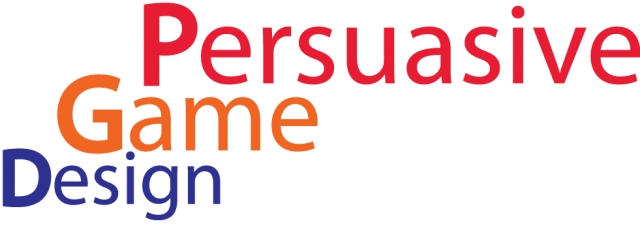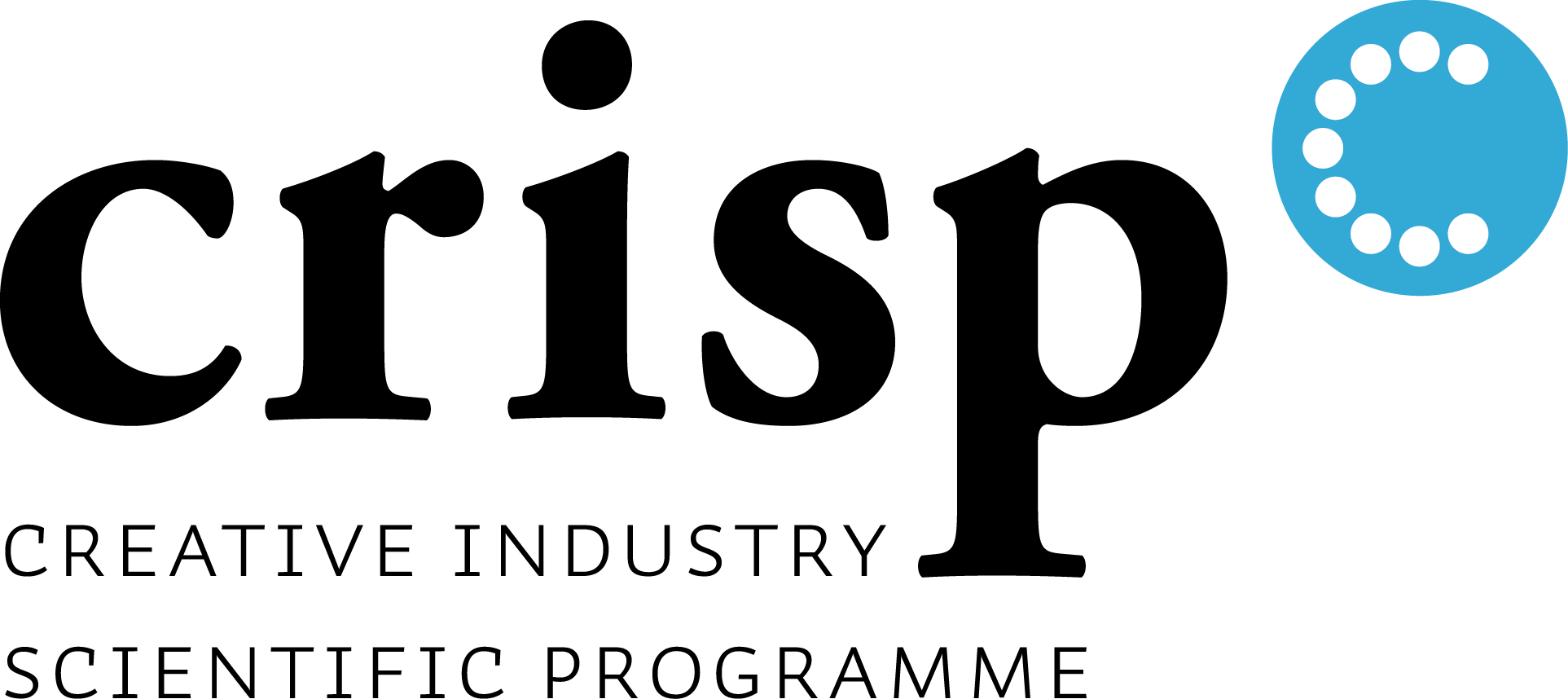Designing Gamification to Guide Competitive and Cooperative Behavior in Teamwork
Niko Vegt, Valentijn Visch, Huib de Ridder, and Arnold Vermeeren
This chapter presents a theoretical framework, illustrated by case studies, of gamification design for teamwork in a business context. In our persuasive game design model we define gamification as the design of game elements to transport the player towards a game world experience. On its turn, this game world experience facilitates the aimed transfer effects of the game. For the present chapter we focus on the game elements rules and goals and we describe how these elements are used to generate collaborative and competitive game-world related behavior in the player. Moreover, we describe the characteristics of (non-game) teamwork in order to align the gamification design to the behavior and motivation of the target group. Finally, we’ll focus on the value and feasibility of the aimed transfer effects (more efficient and effective team work). The presented framework is illustrated by gamification design explorations: the Red Team game of professional service firm Berenschot and the leadership game of serious game company RANJ. We conclude that the teamwork’s efficiency and effectiveness can be enhanced by gamification design that provokes and structures competitive and cooperative team behavior to the right extent and at the right moment.


